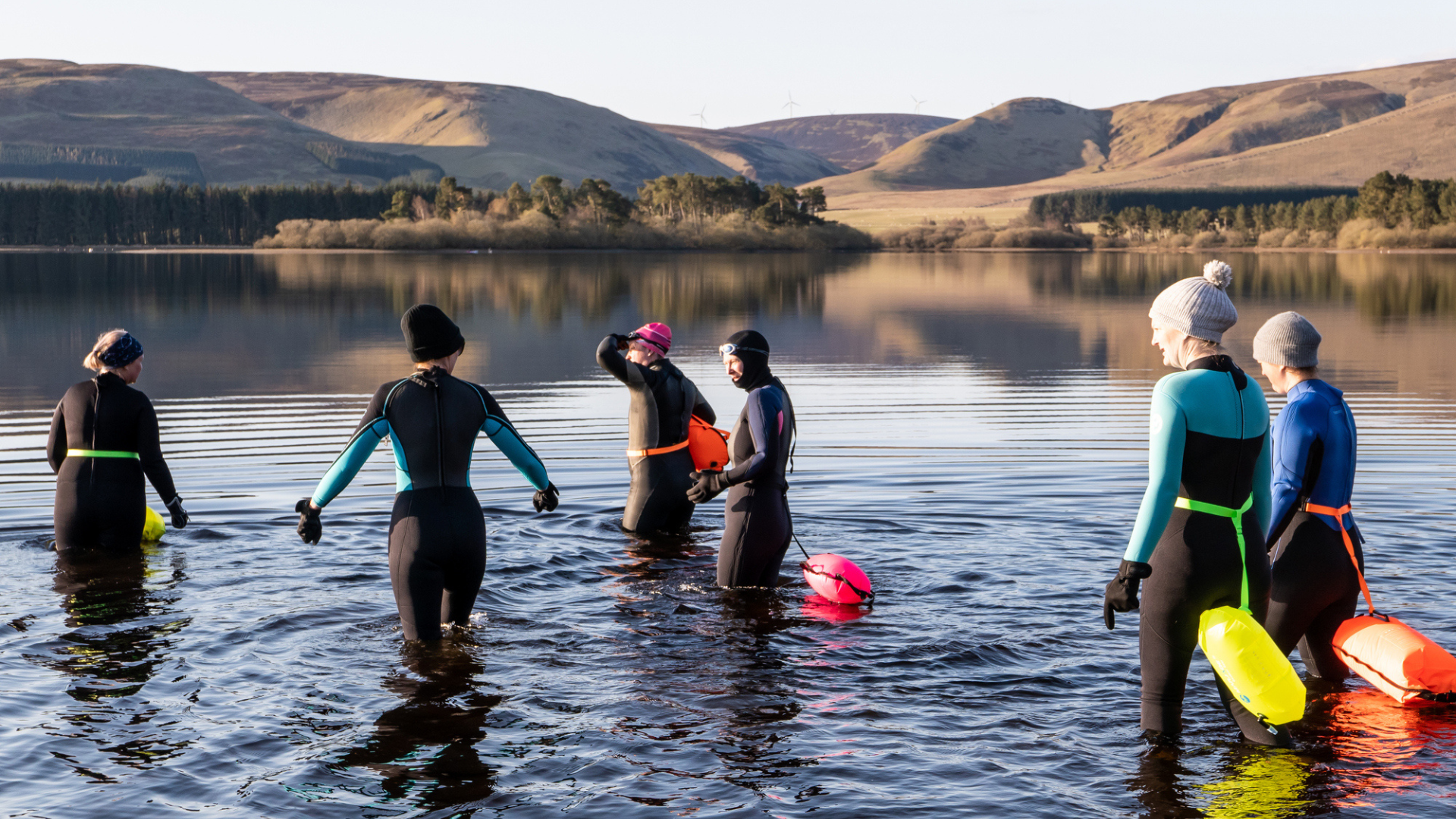The 12 worst things to take on a hiking trip
Read our alternative list to enjoying your hiking adventures – without making silly mistakes
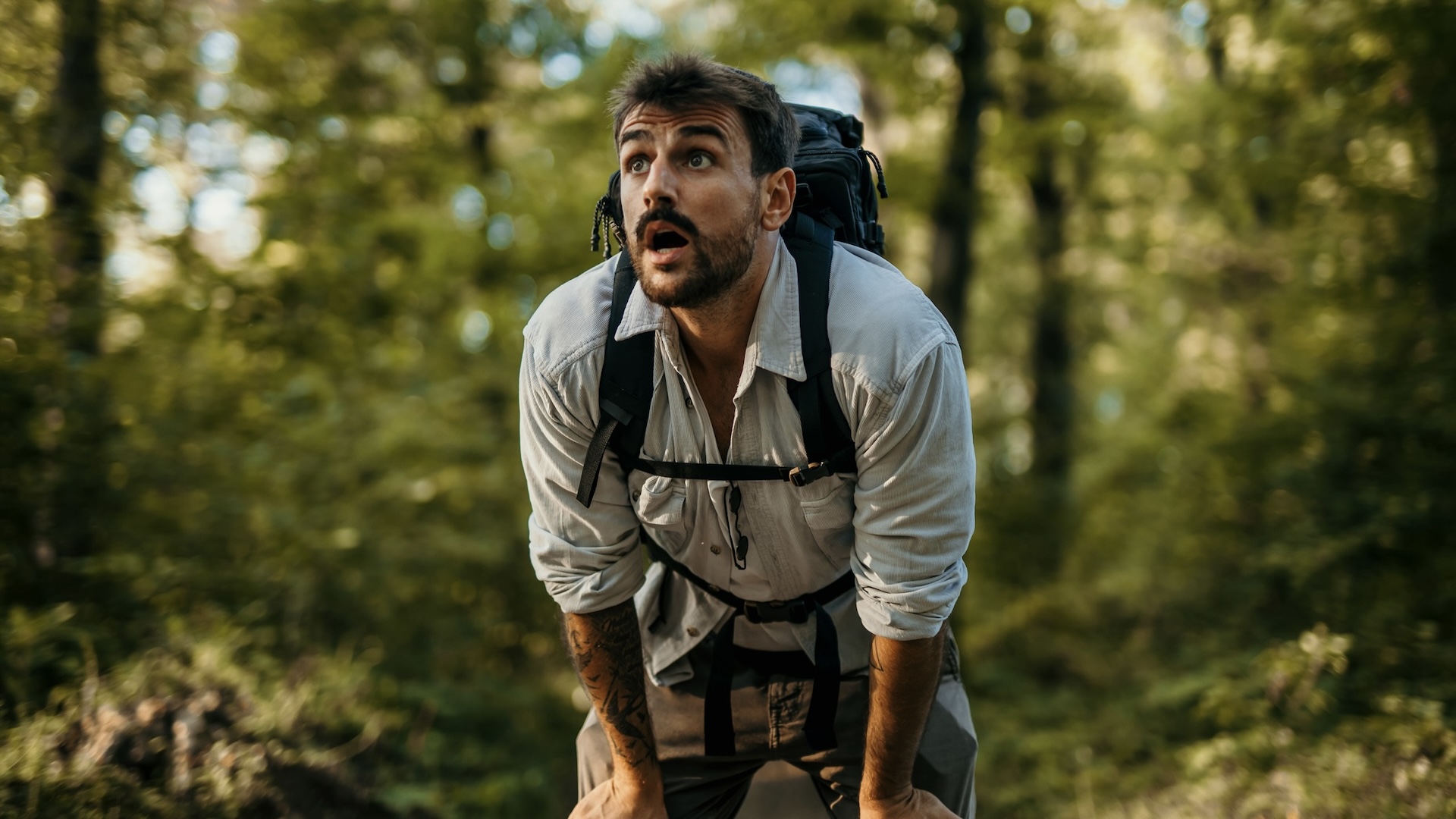
There are many lists of the best things to take on a hiking trip and tips for the essential items for the best hiking adventure, but what about the things you shouldn’t take when you go hiking? Trial, error and some observations of other people’s mistakes have all contributed to this ultimate list of the worst things to take on a hiking trip.
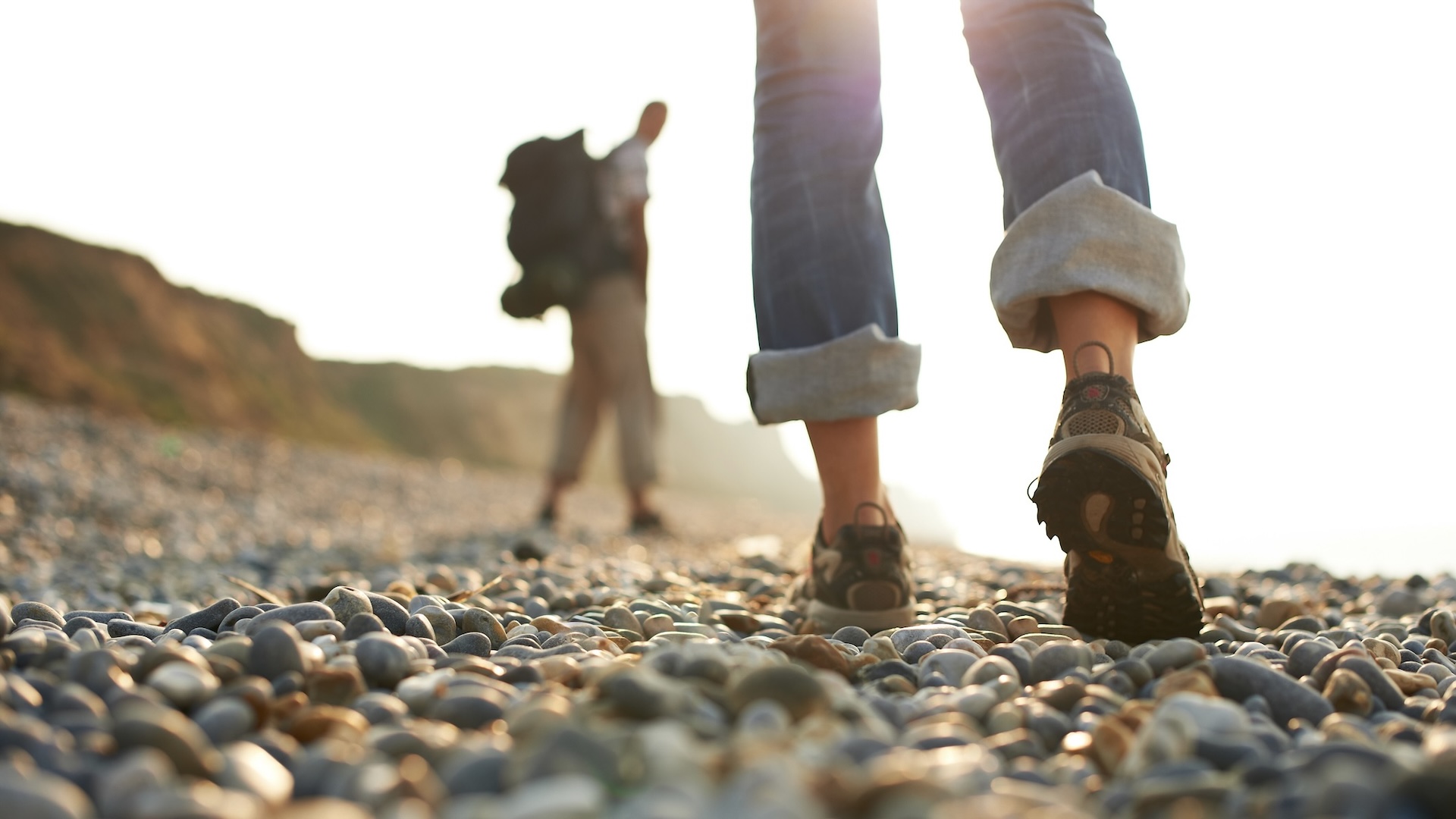
1. Denim jeans or jacket
Comfort is key to a successful hiking adventure and there are some types of clothing that really don’t work. Denim is a fabric that is generally a bad idea for hiking because it can lead to a range of issues, such as chafing, damp, cold and discomfort. This advice extends to most clothing made of cotton.
Denim is a fabric that doesn’t easily dry when it gets wet – whether that is due to rain or sweat – which means it will leave you damp and cold. Choose fast-wicking fabrics for your clothes instead, such as Merino wool or synthetic layers.
Denim is not waterproof either so you will leave yourself vulnerable to the elements. Choose a waterproof jacket rather than a denim jacket.
Of course, if it's just a gentle stroll in fine weather and in your most worn, comfy jeans, you might survive unscathed but in our experience this rarely happens with denim clothing.
2 Too much thick wooly wool
There is wool – and there is Merino wool. Thick woolly jumpers, gloves and hats are great insulators but when they get saturated they become heavy and cold. Wool can be one of the worst things to wear on a hiking trip.
In contrast, lightweight Merino and yak types of wool are perfect. Merino wool is a magic material that will keep you warm in cold weather, cool in hot weather, dries quickly when wet, or if you sweat, and it doesn't smell as bad as many synthetic layers.
Advnture Newsletter
All the latest inspiration, tips and guides to help you plan your next Advnture!
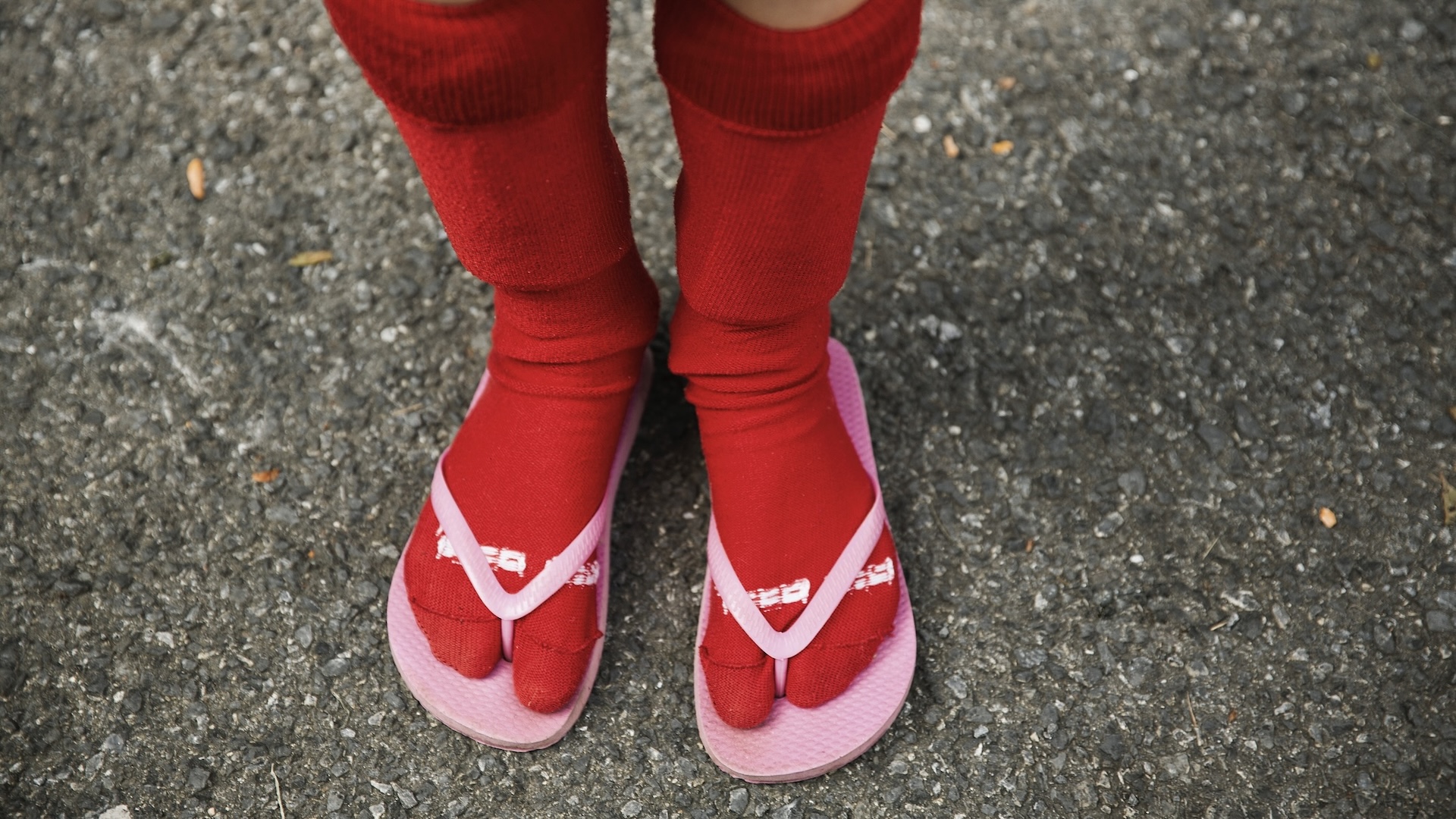
3. Flip-flops
Good quality walking shoes or hiking boots are the best choice for a hiking trip unless your hike is a 50-metre stroll along a beach, in which case you might want to choose flip-flops.
In most other situations and for most people, flip-flops will be a bad choice for hiking.
Your footwear should be chosen to give your feet good support and for traction on your hiking terrain. Flip-flops are more likely to lead to a trip on uneven ground and they provide very little protection from rough environments.
4. Heeled shoes
Keep your heeled shoes or boots for the office, or for nights outs at a pub or club. Even if the heeled footwear is leather boots, it’s rare they will be a sensible choice for a hike.
Footwear with flat and neutral soles, plus good under-sole grip, will ensure you stay upright and use all the right muscles for propelling your forwards.
5. ‘Fashion’ sports clothing
It’s true that there are some brands that manage to design outdoor clothing that could be classed as both fashionable and practical but make sure you check the details.
Is your trendy outdoor jacket truly waterproof or windproof? Will your insulated jacket keep you warm in the cold and wet? Will your gloves keep your hands warm in inclement conditions? Are your socks suitable for mile after mile of hiking, or will they lead to blisters?
It is usually the case that you should buy hiking clothing that is fit-for-purpose with plenty of thought about the details. Staying warm and dry when hiking is a key part of staying safe in the hills, especially in poor weather.
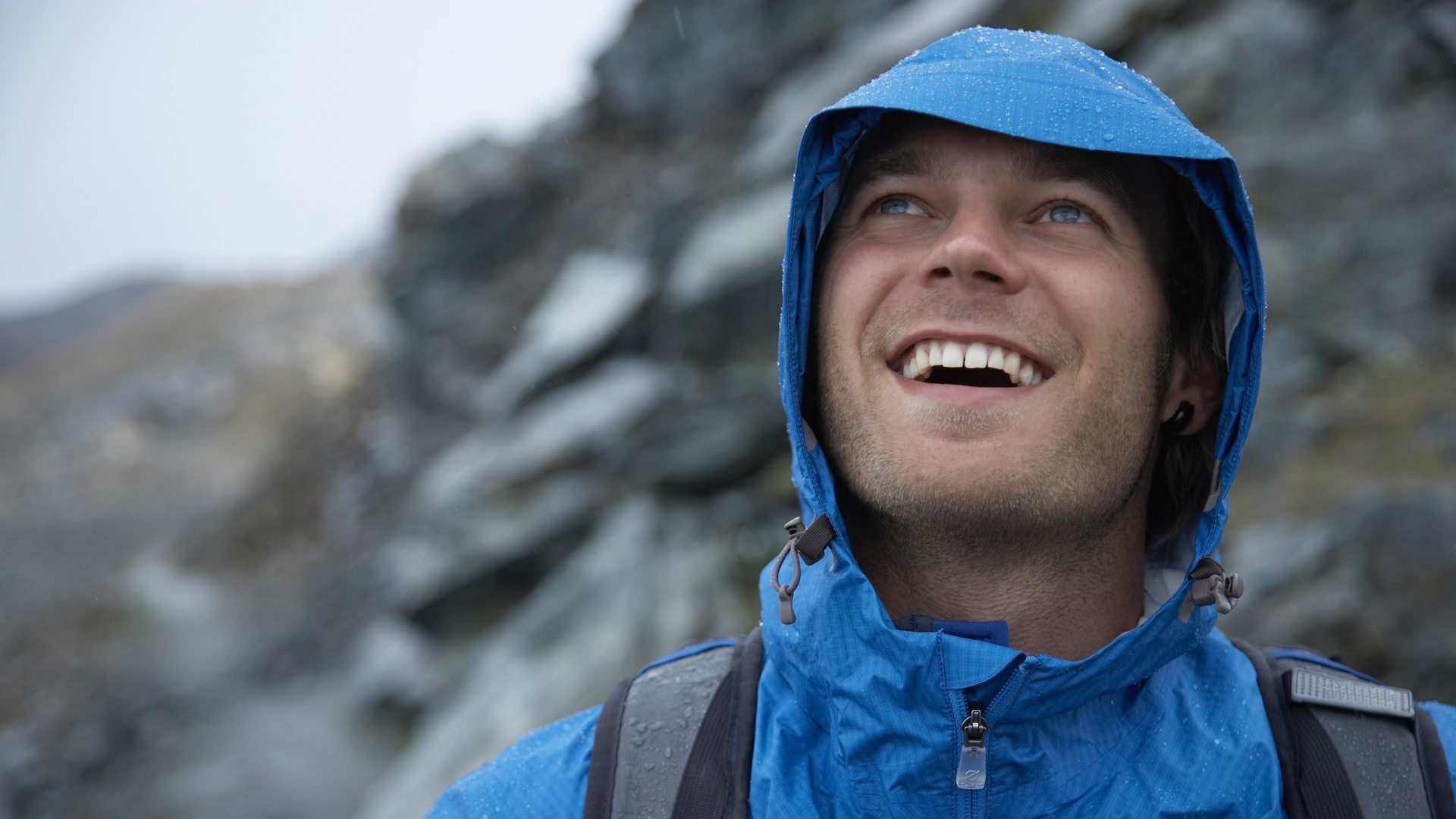
6. Down jacket in wet weather - unless it’s hydro down
Down is a great insulator in the great outdoors, especially in jackets and sleeping bags. But when down gets wet it can be poor at keeping you warm.
There are now modern 'hydro down' products that means the down is treated to repel moisture and water, as well as down jackets with a Durable Water Repellency (DWR) outer waterproofing treatment but better still is synthetic insulation. Jackets and sleeping bags made with synthetic insulation are generally better at keeping you warm in wet weather.
An alternative is to take a lightweight down jacket that you can wear under a waterproof jacket. You might still suffer with the damp created by sweat but the waterproof outer layer should keep off the worst of the wet. Even in summer rain, if you get wet while hiking you will end up cold.
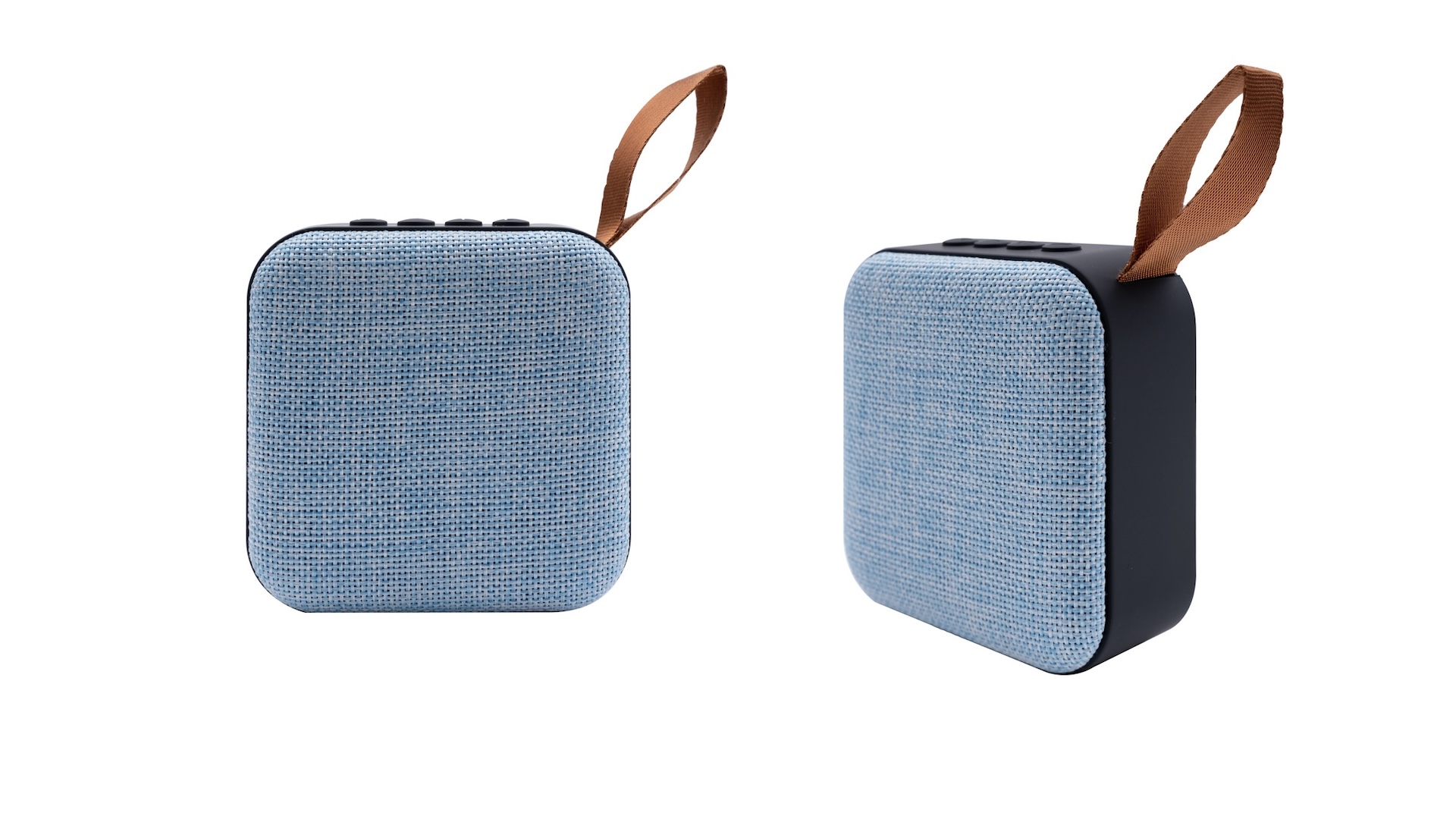
7. Bluetooth speakers
No one wants to hear your music when they are hiking. While you might enjoy your chosen tunes, it’s rare that anyone else hiking the same route as you will be quite as enthusiastic.
Leave the speakers at home and listen instead to the chat of your walking companions or, better, still the sounds of nature. If you still need to listen to music as you hike, we recommend you reserve it for a set of sports headphones.
8. Headphones
Some people like listen to music or podcasts on their headphones when hiking but this writer urges you to try leaving them at home. It’s so much more relaxing and ultimately uplifting to hear the soothing sounds of nature when spending time outdoors.
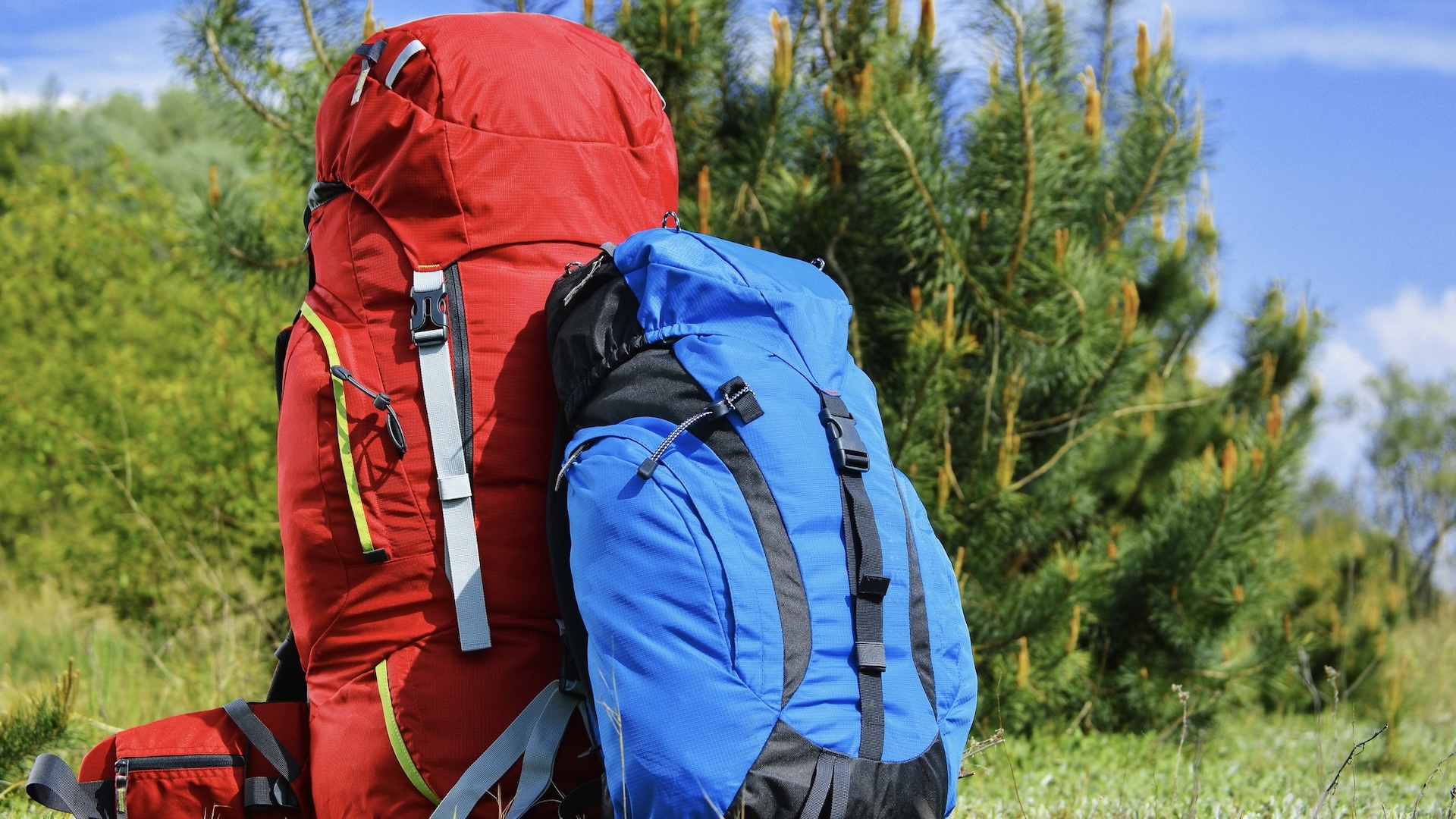
9. Everything… including the kitchen sink
Safety is important so your hiking clothing and kit list should include the right clothing and gear to keep you warm, dry and on track but you also want to be comfortable when hiking and that means a lightweight pack. This means you should think about what you will need – and what you really won’t.
Start with the right size of hiking backpack for your chosen outing – larger for winter kit and smaller for summer gear – and then think carefully about all the items you will need including waterproof hiking jacket, rain pants, a lightweight insulated jacket, gloves, hat, sunglasses, mobile phone, map app, compass and map, as well as food and drink.
An emergency blanket or bivy sack is also a good idea. The weather conditions will also dictate what other times you pack, such as crampons and ice axe for icy or snow, trekking poles and extra clothing.
10. An old phone - or half-charged phone
Many people now make use of their mobile phones for route finding. This is fine in good weather until the phone runs out of battery charge. You could also pack a powerbank to make sure your phone keeps its charge, or switch to airplane mode (if you have also downloaded your maps) but it’s better to make sure you have a phone with a full charge and one that is still capable of keeping its charge for the full length of your hike.
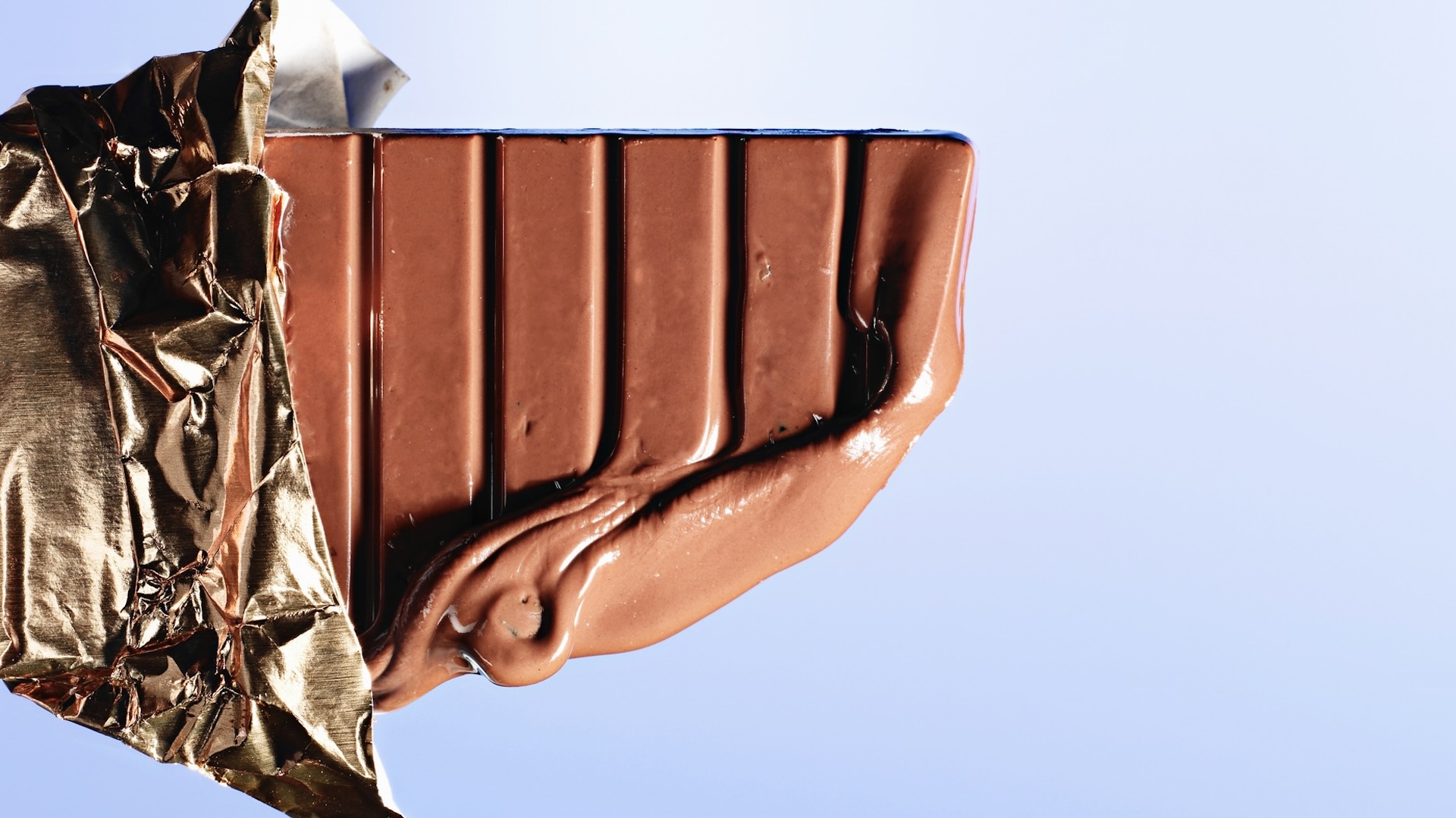
11. Soggy sandwiches and melted chocolate
If you are hiking in the summer think about how your chosen food and snacks will survive in warm weather. Sandwiches made with fillings such as mayonnaise, egg, cucumber and chicken will end up soggy or, worse still, a health hazard due to bacteria. Chocolate always ends up a melted mess in hot conditions, too.
12. Only sugar
While sugary snacks, gels and drinks can be very useful for a burst of energy, having access to only sugar will make you feel a bit sick on a longer hike. It's always a good idea to pack savoury foods and salty snacks to keep you fuelled on a hike.

Fiona Russell is a widely published adventure journalist and blogger, better known as Fiona Outdoors. She is based in Scotland and is an all-round outdoors enthusiast with favorite activities including trail running, mountain walking, mountain biking, road cycling, triathlon and skiing (both downhill and backcountry). Aside from her own adventures, Fiona's biggest aim is to inspire others to enjoy getting outside and exploring, especially through her writing. She is also rarely seen without a running skort! Find out more at Fiona Outdoors.
